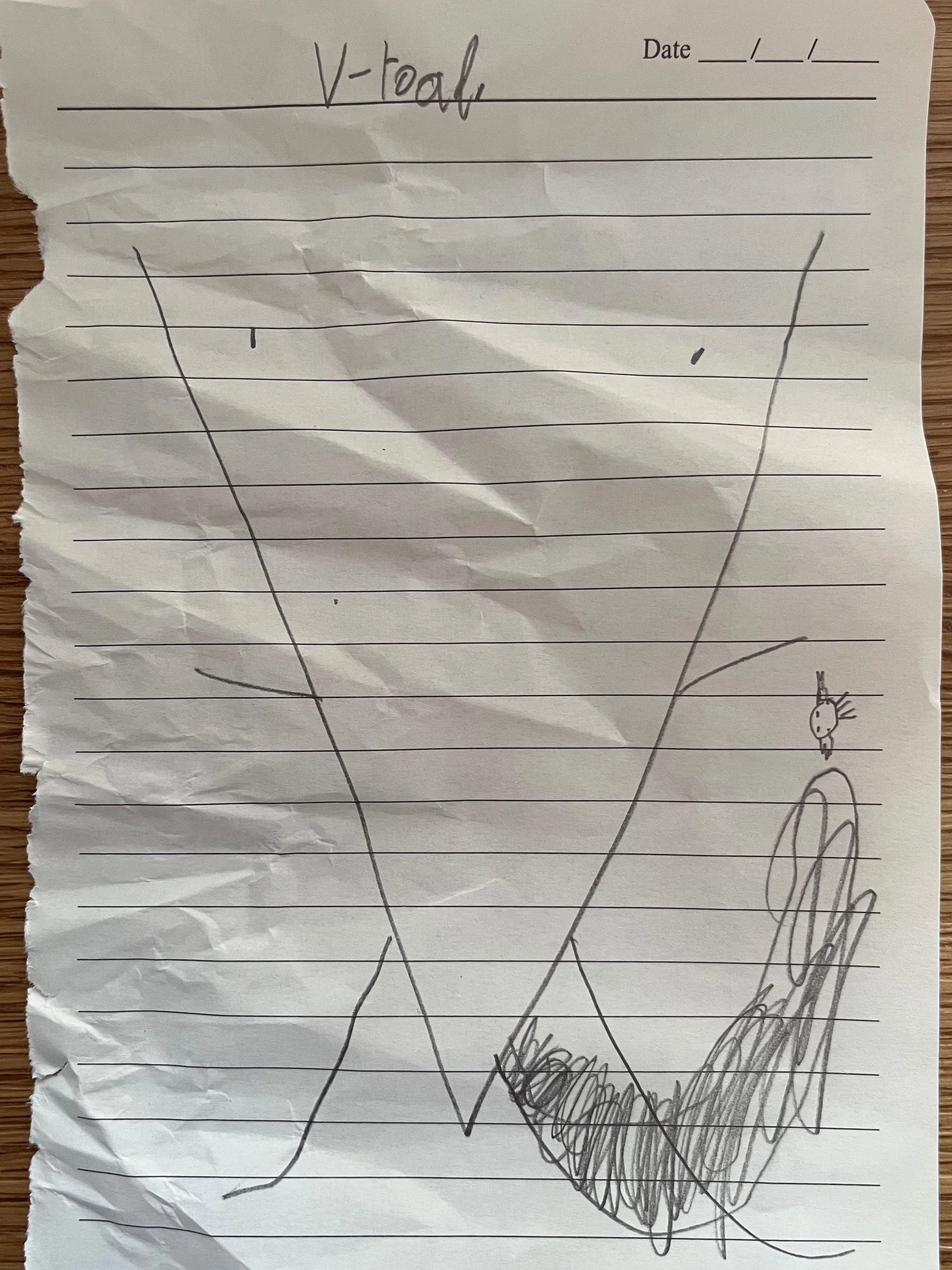If ever you want a brutal lesson in communication, then speak to a child.
Children have a brilliant way of asking you questions that force you to clarify or rethink what you have said.
If you have ever been on the receiving end of their relentless pursuit of the lowest common denominator (but why?) then you know what I mean.
When communicating, aim to amplify what you are saying and create limitless understanding which will help you to build a deeper connection. Only then can you hope to inform, influence and inspire the people that matter.
To do this you should eradicate barriers to being understood by, for example, always using words and phrases that your audience will understand.
Jargon is banned. Small words and short sentences are encouraged.
And I mean small or short, not diminutive or miniscule.
This week I was handed a reminder to check my communication privilege by our eight-year-old son in a classic of the “what you say is not what they hear” genre.
After telling Freddie that Easter eggs are “vetoed this close to bedtime” he fell into hysterical laughter and kept repeating between laughs “vetoed”.
When he finally stopped rolling around, he explained what he had found funny.
It was the “V-Toad”, that had conjured up in his imagination an image of a V shaped toad like creature, with a sharp pointy snout and a large, ever searching tongue, of the kind you might find in a Mr Men or Julia Donaldson book.
So enamoured was he by this mythical V-Toad creature he had imagined that he ran upstairs and drew a picture of what had come into his mind when told that “Easter eggs are vetoed”.
A lesson for all of us then, that we should always use language that is right for our audience. If not, you never know what they might hear, or even worse, imagine.

